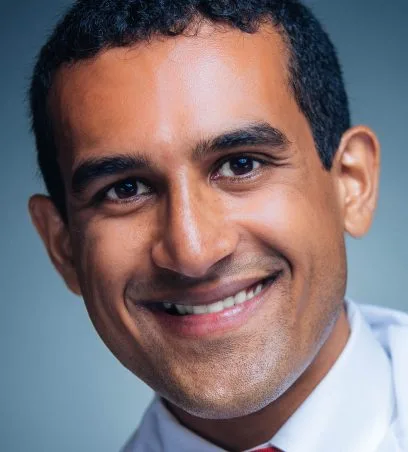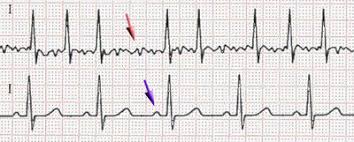 Medical Research Interview with:
Prof. Johan Bosmans
Medical Research Interview with:
Prof. Johan Bosmans
Interventional cardiologist
University Hospital Antwerp, Wilrijkstraat 10, 2650,
Edegem, Belgium
MedicalResearch: What is the background for this study? What are the main findings?
Prof. Bosmans : Transcatheter aortic valve replacement (TAVR) has become standard of care for patients who cannot undergo surgery. With this, it is important to ensure that the risks associated with TAVR be fully understood, and if possible prevented. Even at this stage of the adoption of TAVR, large trials continue to provide information to the clinician about how to select the right patients to ensure the best possible outcomes. The ADVANCE Study is a prospective, multicenter study that evaluated the use of TAVR in 1015 patients at 44 experienced TAVR centers, which was designed to reflect routine clinical practice.
We know that the risk of serious adverse events, such as stroke or transient ischemic attack (TIA), in post-TAVR patients can vary based on the timing before and after the procedure. A patient’s baseline demographics and medical history can affect their risk of procedure-related events as well as long-term outcomes. The manipulations required crossing the aortic valve and appropriately positioning any type of TAV has been thought to be related to procedural stroke events. Therefore, we performed a multivariable analysis looking for predictors of stroke – or stroke and TIA at 3 unique time periods (periprocedural, early and late) following
TAVR.
The most striking result from our analyses was that we were not able to identify any predictors of periprocedural (either during the procedure or on the day after) stroke, illustrating this very multifactorial etiology. We were able to show that being female, experiencing acute kidney injury or a major vascular complication positively predicted stroke during the early (2-30 days post procedure) time period. When we combined the outcome of stroke or TIA, we found that a history of prior atrial fibrillation (AF) was also a predictor. The only late predictor (day 31-730 post-procedure) of stroke was a history of coronary artery bypass grafting, which could reflect the patients’ risk of vascular disease.
(more…)













